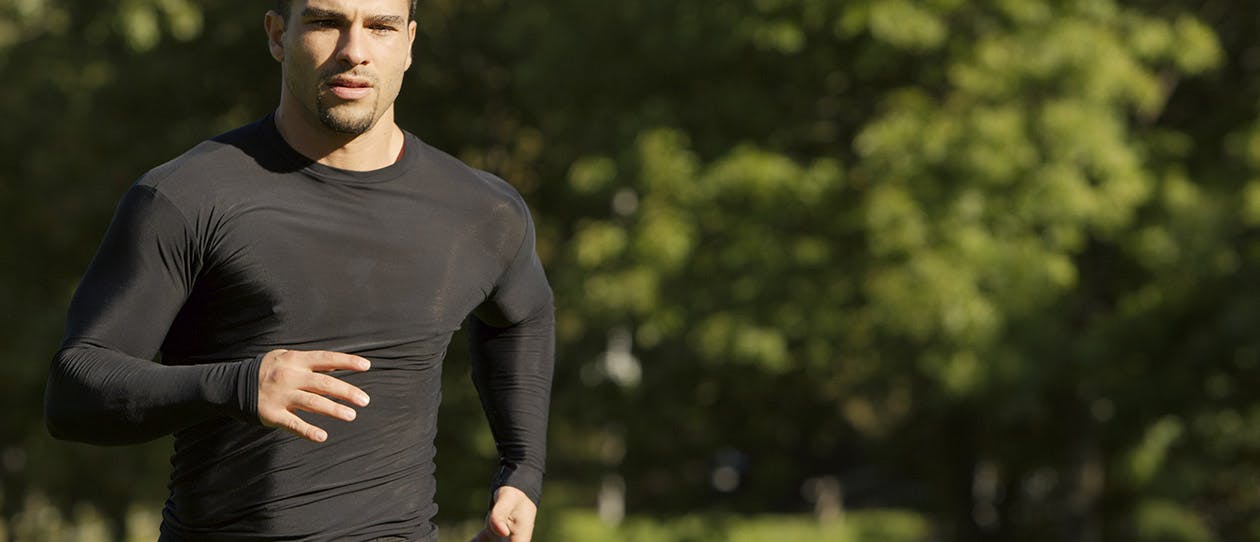
- Health hub/
- Tips & Advice on Improving your Energy Levels/
- What is the best surface to run on?


One of the great things about running is that you can do it virtually anywhere.
Over the course of a run, you may come across a number of different surfaces, including grass, concrete, sand, gravel, bush trails and even synthetic tracks.
People have also been known to run in varying depths of water, and even in snow, while there’s always the treadmill if you don’t want to go outside.
So what’s the best surface to run on?
They all have their pros and cons, and most people will benefit from running on a variety of different surfaces to provide diversity, both physically and mentally.
These tips highlight the strengths and weaknesses of three common running surfaces – grass, sand and hard surfaces such as concrete and roads.
Grass
Advantages
- Low impact, and it’s gentle on your legs
- Makes your legs work harder, resulting in small improvements in leg strength
Disadvantages
- Surface may be uneven which increases the risk of injury
- Can be slippery when wet, or dewy
The verdict
Grass is harder than sand, but softer than concrete. There is a small increase in the risk of injury, but it absorbs your impact and is forgiving on your joints.
Running around parklands, sporting fields or golf courses can also be a very pleasant experience. Seek out grassy surfaces where hidden roots or holes are at a minimum.
It’s also a good idea to run on grass after a few days of training on hard surfaces.
Sand
Advantages
- Minimal force on impact through your joints
- Sand makes your legs work harder, resulting in significant improvements in leg strength
Disadvantages
- Soft sand may increase the risk of an Achilles tendon injury
- Cambered (sloping) surface may put uneven stresses on the body
The verdict
Research published in the British Journal of Sports Medicine compared the effects of training on different surfaces over a 6 week period. The sand runners experienced the most significant physiological and performance changes, including increased calf circumference and improvements in a 12-min run/walk test.
Sand is very gentle on your joints, and really works your leg muscles. You can also work your body differently by running on soft sand, hard sand or even sand dunes.
Other advantages are that you can run barefoot in a relatively safe environment, and enjoy a refreshing swim between the flags afterwards. Just try to avoid running on an irregular or sloping surfaces (where one leg is higher than the other) to minimise the stress on your body.
Roads / concrete
Advantages
- Predictable, smooth, consistent surface, allowing you to develop a rhythm
- Easy to measure distance
Disadvantages
- Virtually no give, forcing the body to absorb all the impact (although bitumen is softer than concrete)
- Traffic and pollution
The verdict
It isn’t soft, but there’s plenty of it. It’s also the surface that most running races are held, so if you intend to compete, some training on it (but not all) is advisable.
Be careful with the occasional pot holes, and be wary of slippery conditions when the road is wet. It’s also advisable to run towards oncoming traffic so it’s always visible.
And a final warning on portable music players – don’t have them too loud if you are running near traffic.




